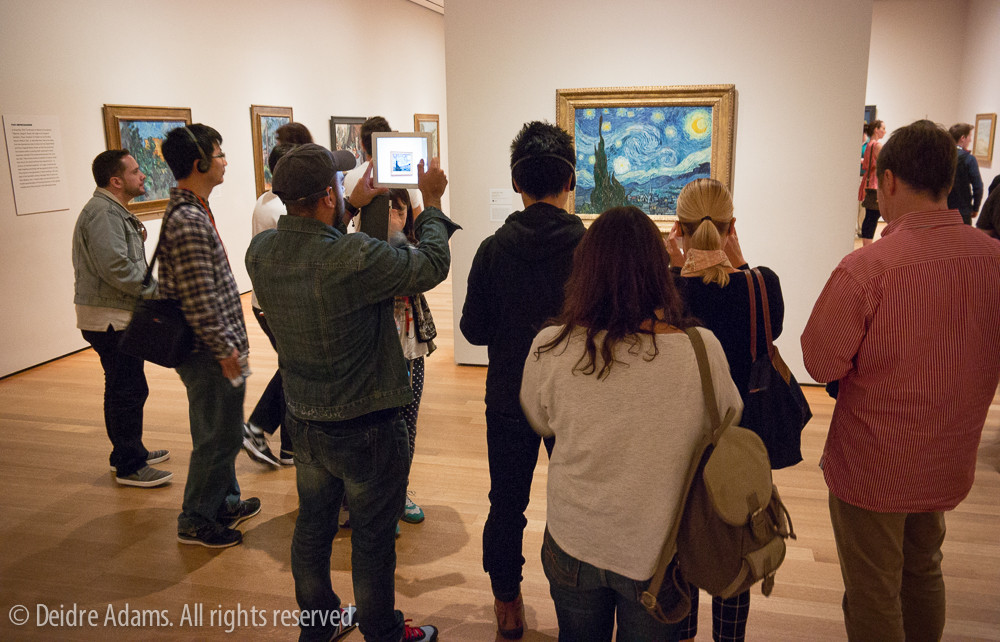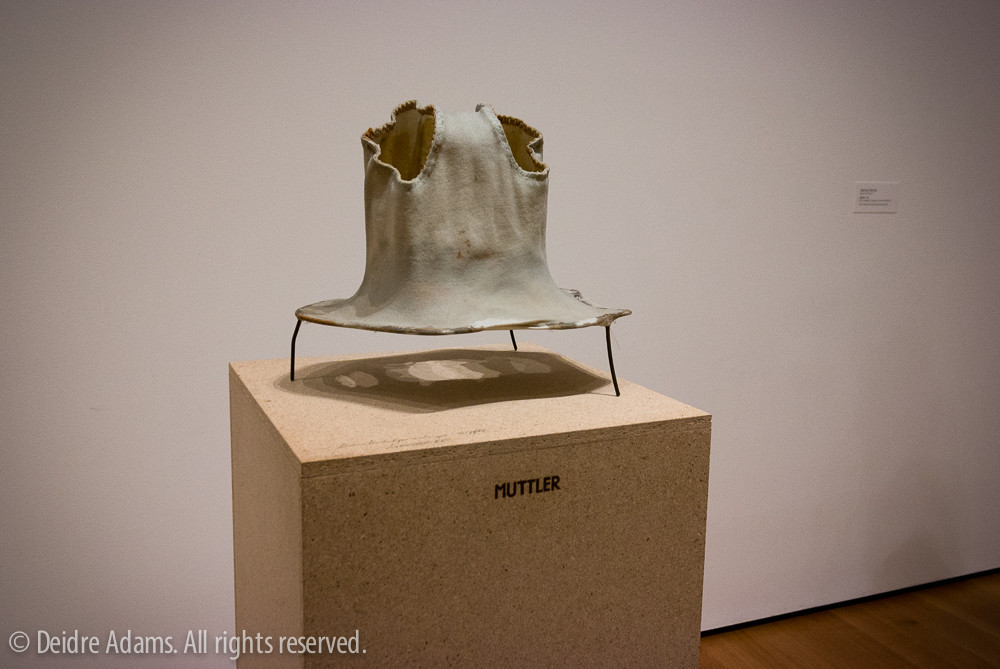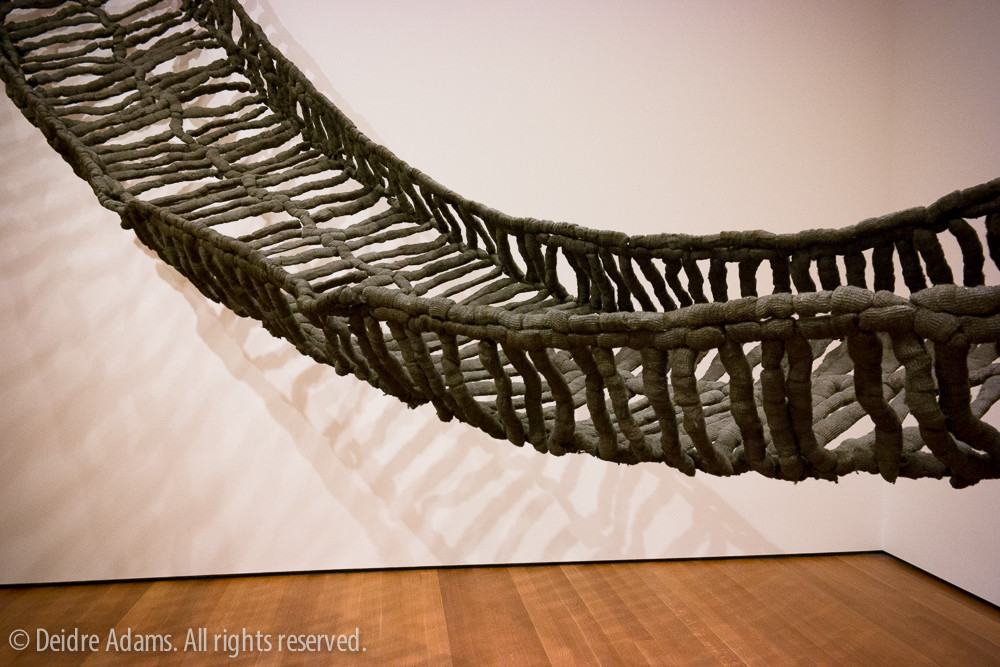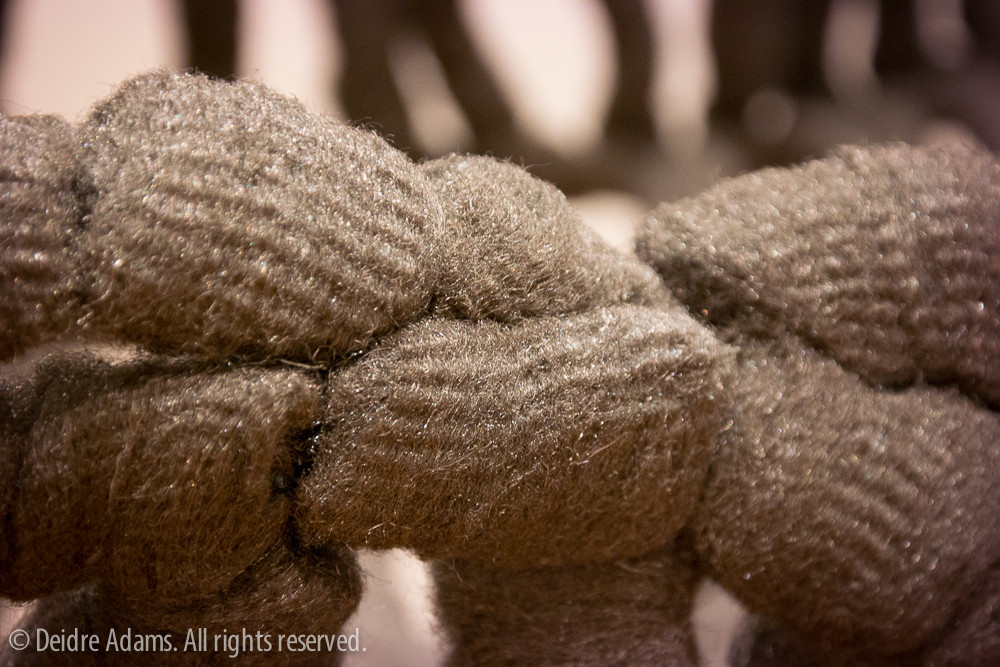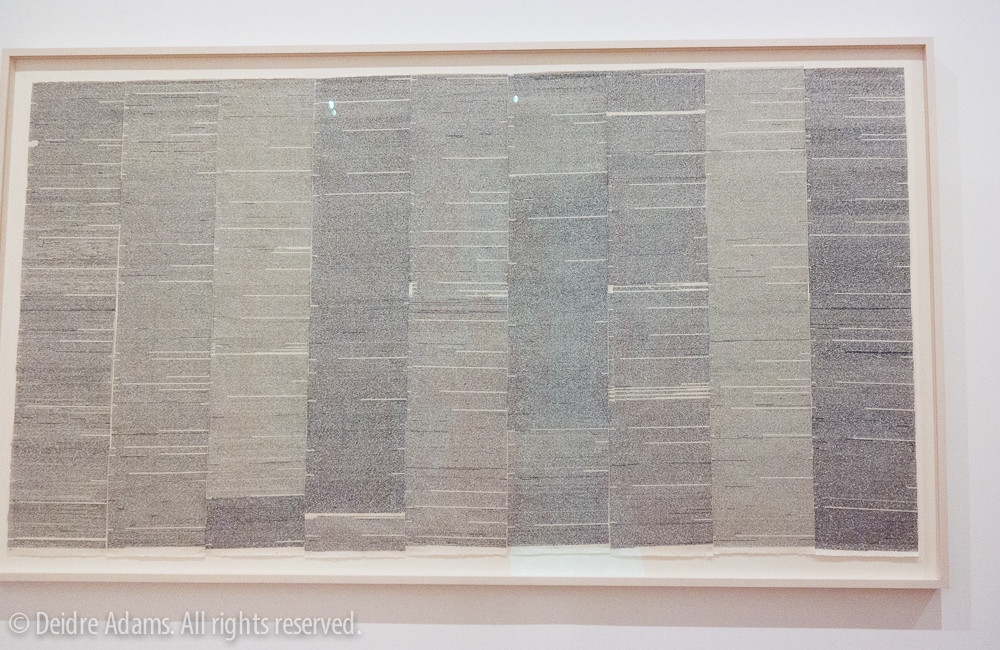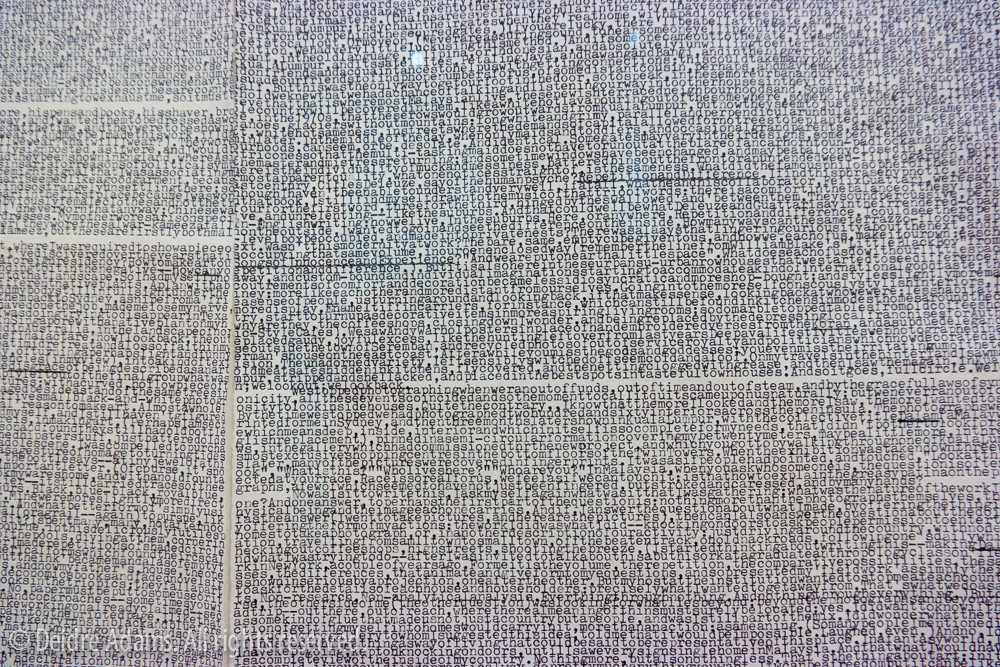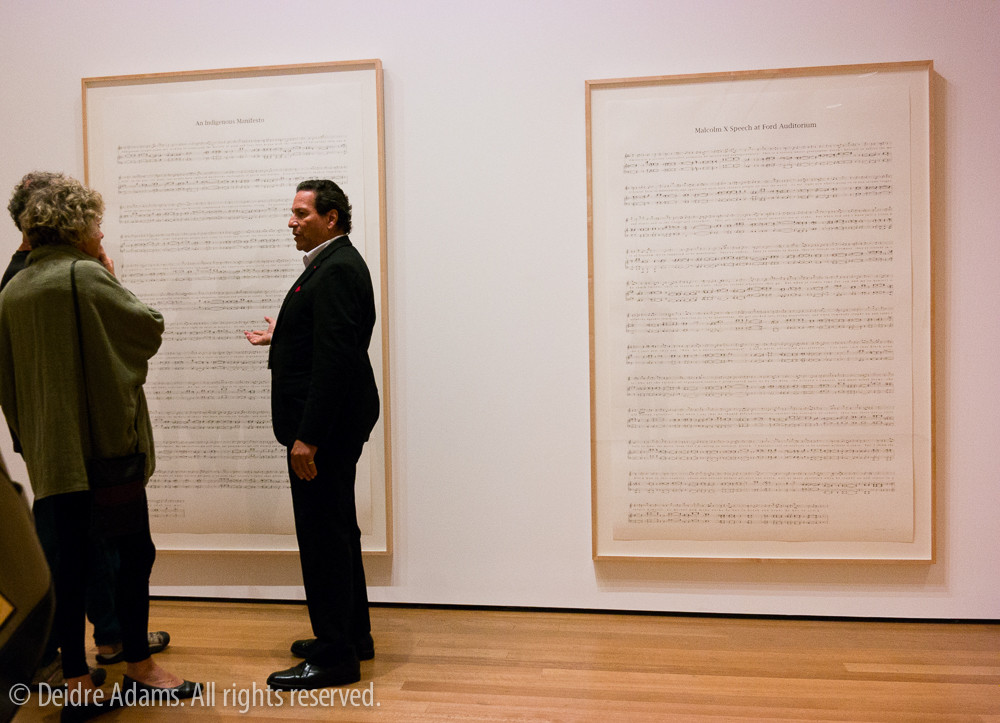Random stuff I saw in NYC – part III
More from Chelsea galleries …
Deborah Zlotsky: It happened, but not to you
Kathryn Markel Fine Arts, 529 W. 20th St., New York
I loved these bold geometric paintings with their strange, ambiguous perspective. The artist keeps them from looking too pretty or perfect with deliberate application of drips, blobs and splotches. I like the fact that she varies her bright, demanding color schemes with one or two that have a quieter feel. Her artist’s statement:
“It happened, but not to you” fuses the ambiguity of what has happened with imagining what might happen: navigating the rich interstices between the past, the present and the future. When I begin a work, I start with something both incidental and familiar — a few colors or shapes, a memory of a tangled pile of laundry or the movement of sunlight through my grandmother’s apartment. Responding to relationships and discovering unanticipated proximities fuel my actions: correcting, repairing, adjusting, and connecting parts in a responsive process of accumulation and revision. Accidents repeatedly redirect me, blurring my understanding of the differences between accident and intention, memory and history. The rhythm of my process is to continually rupture the interactions between the forms until the work reveals this oscillation and a unique situation emerges. I think of my paintings as chronotopes or palimpsests, conflating time and space within the compression of the canvas. Such confusion is an ordinary, human experience, especially when memories surface and coincide with the unfolding present. Eventually, the mutability of things slipping out of balance creates anomalies in the structures. These shifts and accumulations become a way for me to respond to the necessity of change, and the beauty and complexity of living. As I work, my process both brings me closer to and gives me distance from the friction between intention and coincidence, subtle forces that cause things to happen, which, in turn, shape my understanding of being in the world.
You can see an electronic catalog of Zlotsky’s exhibition here.
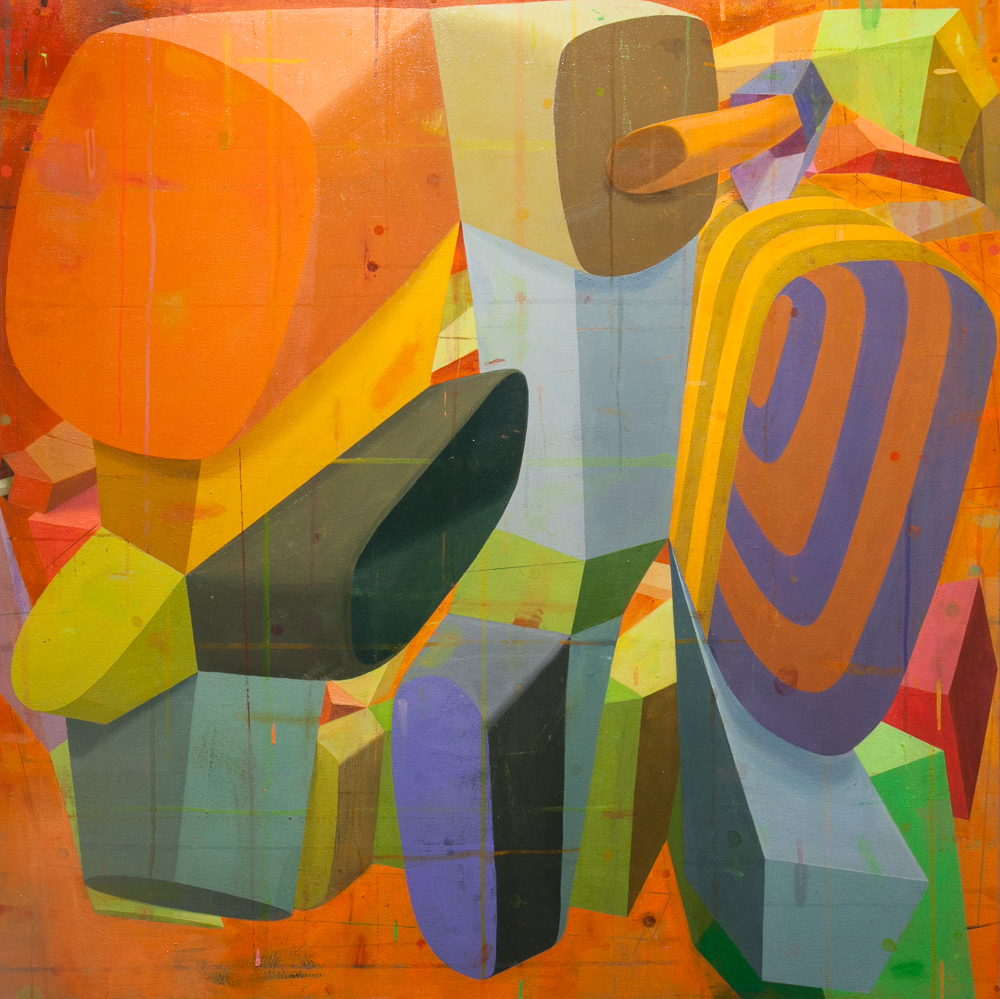 Deborah Zlotsky, Sonetto, 48 x 48 inches, oil on canvas
Deborah Zlotsky, Sonetto, 48 x 48 inches, oil on canvas
 Deborah Zlotsky, A Tricky Subject, 48 x 48 inches, oil on canvas
Deborah Zlotsky, A Tricky Subject, 48 x 48 inches, oil on canvas
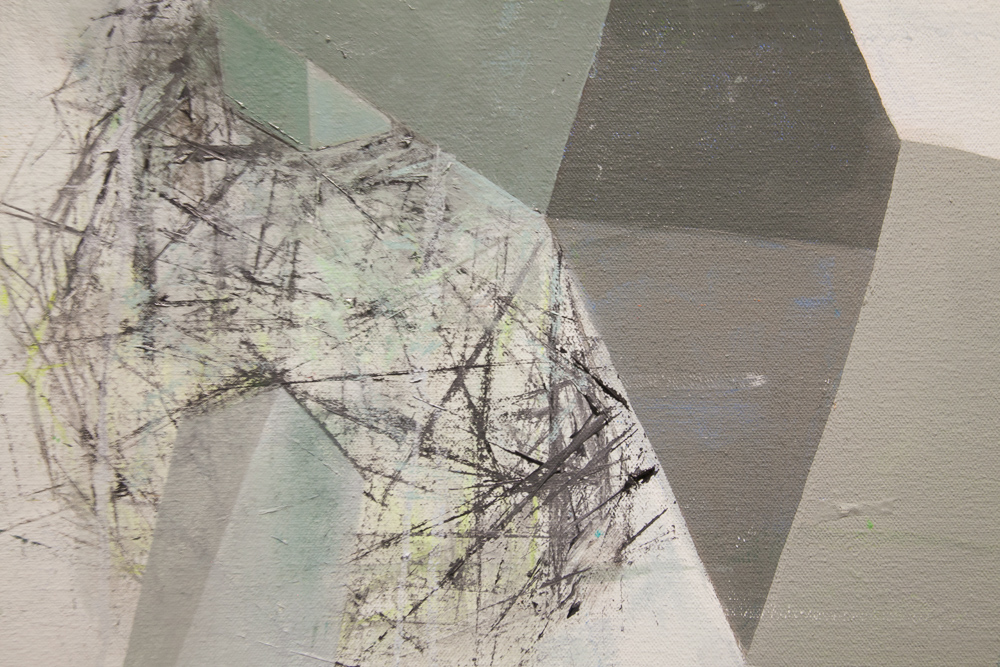 Deborah Zlotsky, A Tricky Subject, detail
Deborah Zlotsky, A Tricky Subject, detail
Deborah Butterfield: New Sculpture
Danese / Corey, 511 W. 22nd St., New York
Deborah Butterfield has been making sculptures of horses since the 1970s. Her earliest creations were made using mud, clay and sticks, before she moved on to using scrap metal in 1979. These life-size sculptures look very much like wood, but they are actually cast bronze. She “carefully, intuitively, selects the branches and sticks which are used to ‘draw’ her horses. The lines of the branches do not simply outline the forms of horses, they create contours through an accumulation of simple or energetic lines that seem to build up from within. This is three-dimensional gesture drawing, and the result is both skeletal and muscular. These models or ‘ghosts’ (as the artist refers to them) are then cast, burning the wood away with molten bronze, creating one, unique sculpture to which she then methodically, expertly applies her patina (from the gallery press release).”
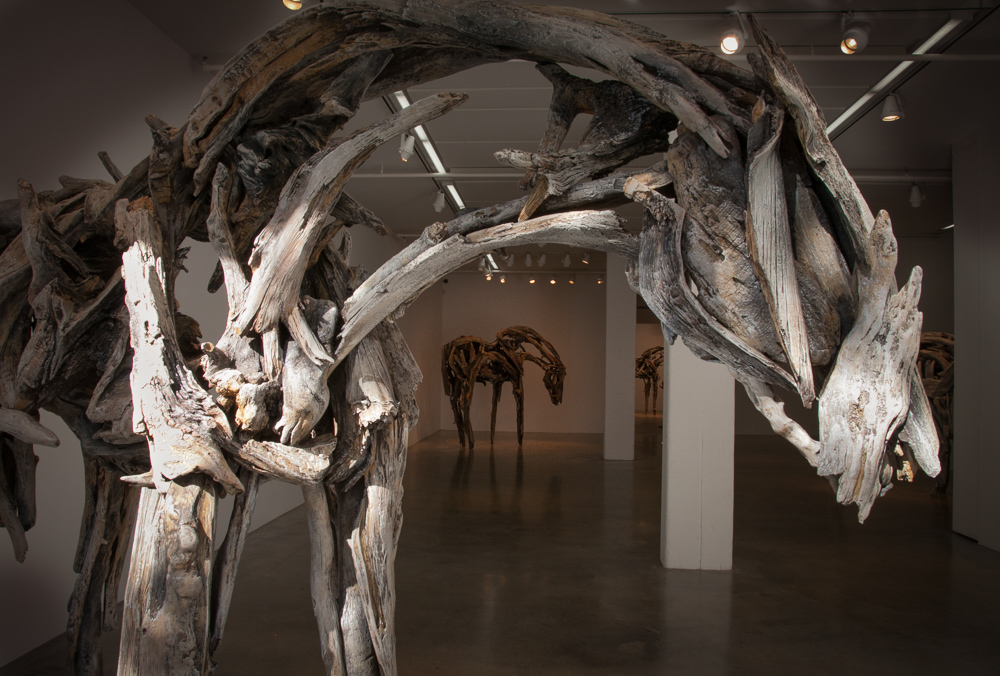 Foreground: Deborah Butterfield, Whitebark, 86.75 x 108 x 25 inches, unique cast bronze with patina
Foreground: Deborah Butterfield, Whitebark, 86.75 x 108 x 25 inches, unique cast bronze with patina
 Deborah Butterfield, Silver Star, 89 x 112 x 46 inches, unique cast bronze with patina
Deborah Butterfield, Silver Star, 89 x 112 x 46 inches, unique cast bronze with patina
 Deborah Butterfield, Otter, 91.25 x 117 x 33 inches, unique cast bronze with patina
Deborah Butterfield, Otter, 91.25 x 117 x 33 inches, unique cast bronze with patina
Mary Ellen Bartley: Paperbacks
Yancey Richardson, 525 W. 22nd St., New York
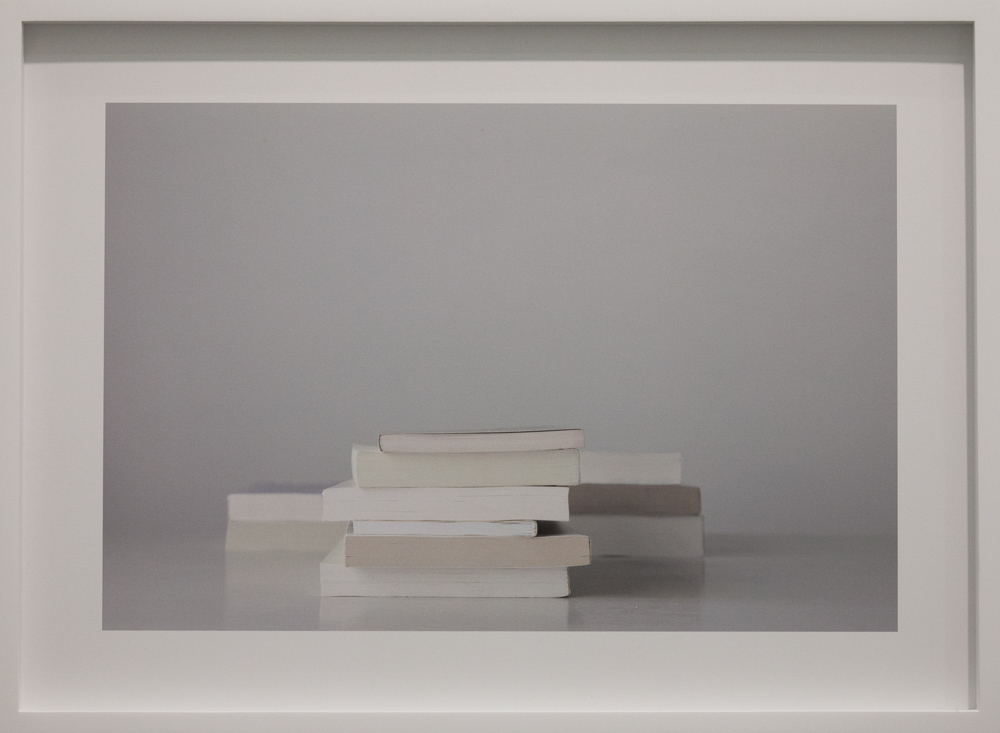 Mary Ellen Bartley, Untitled 56
Mary Ellen Bartley, Untitled 56

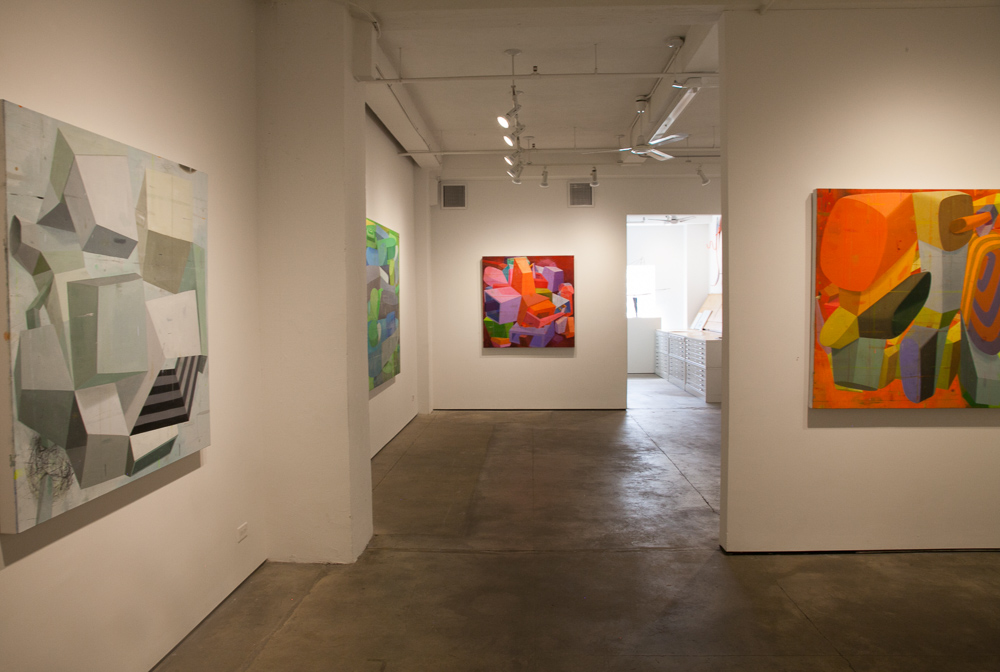

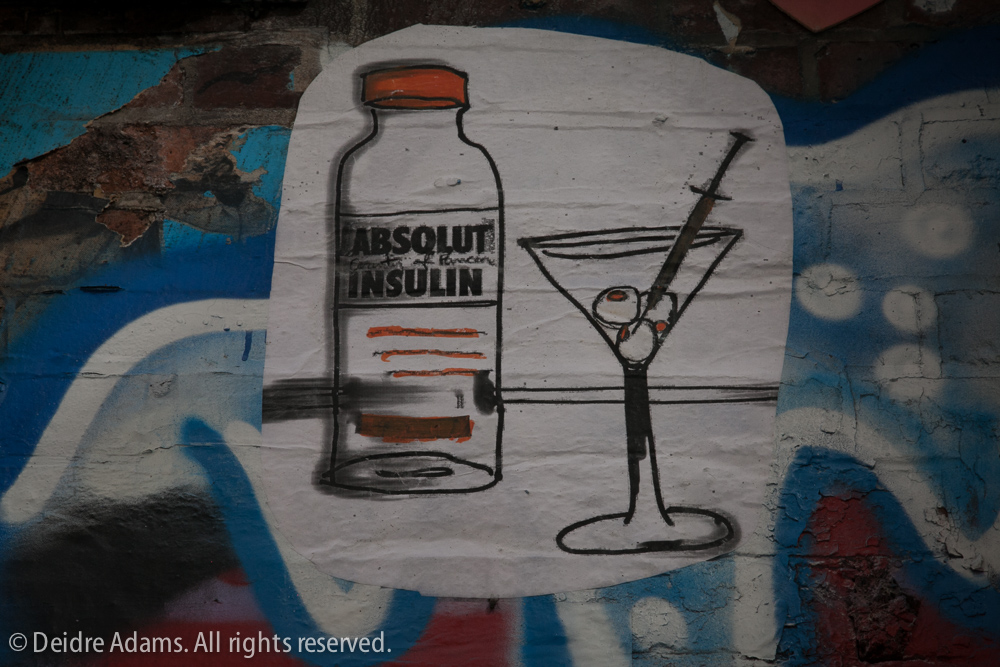
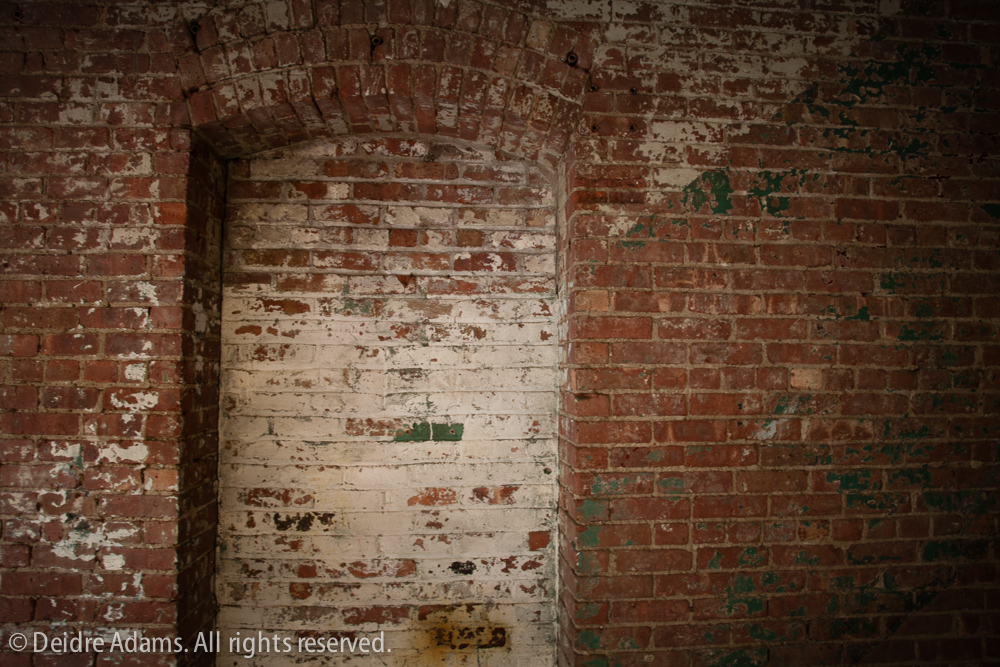
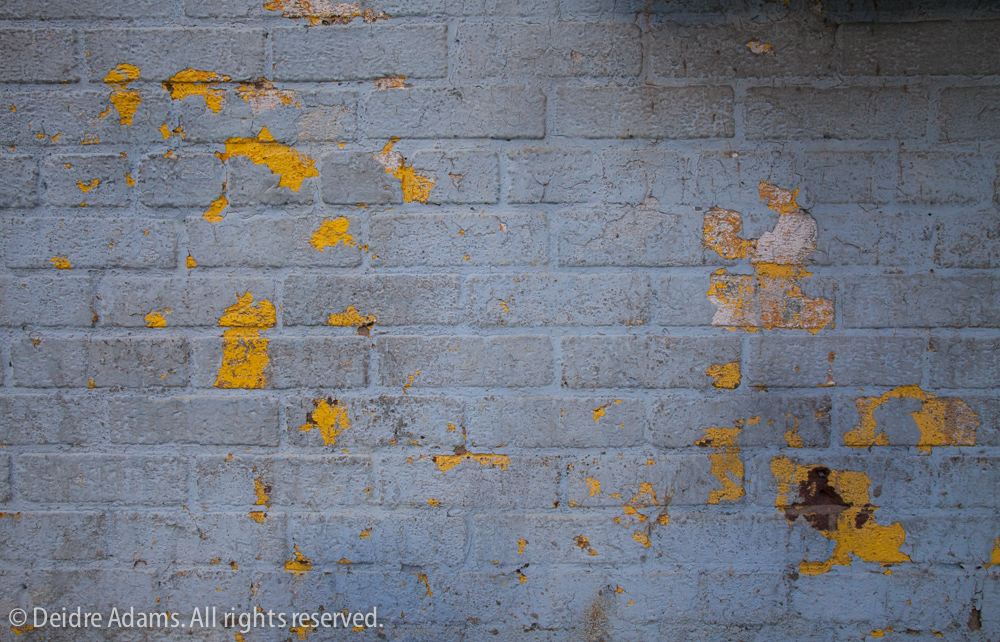
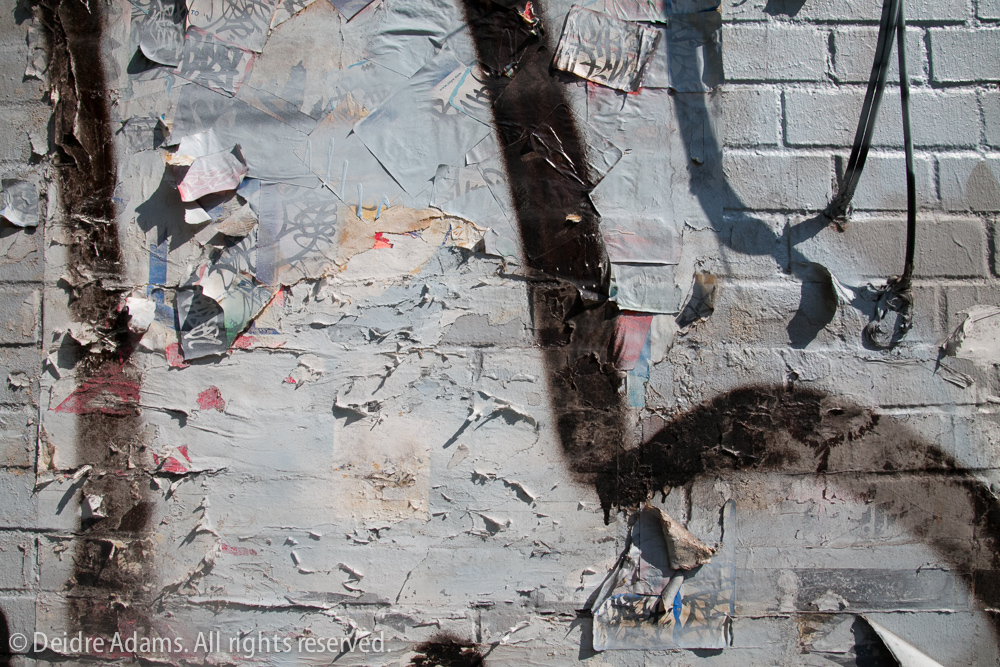
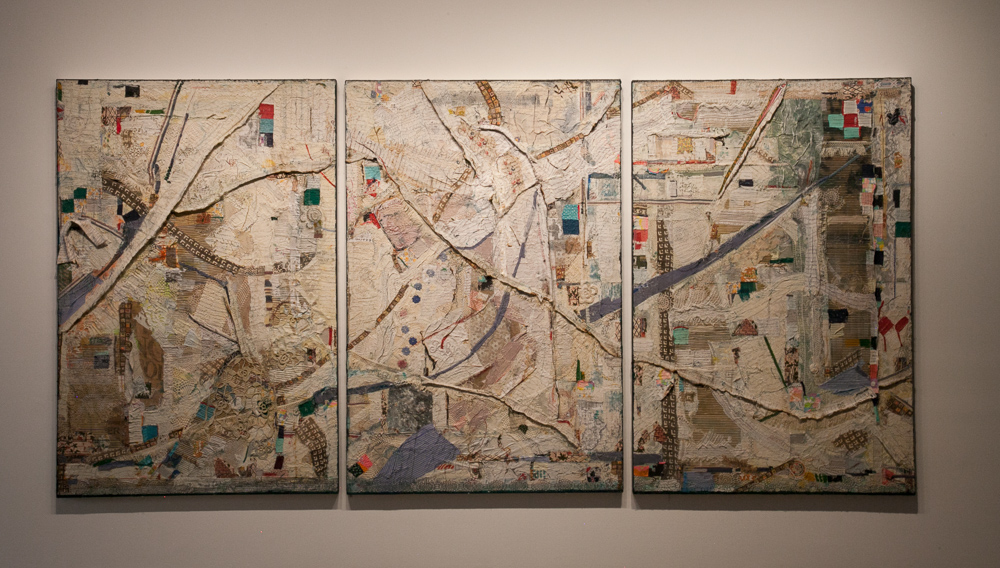
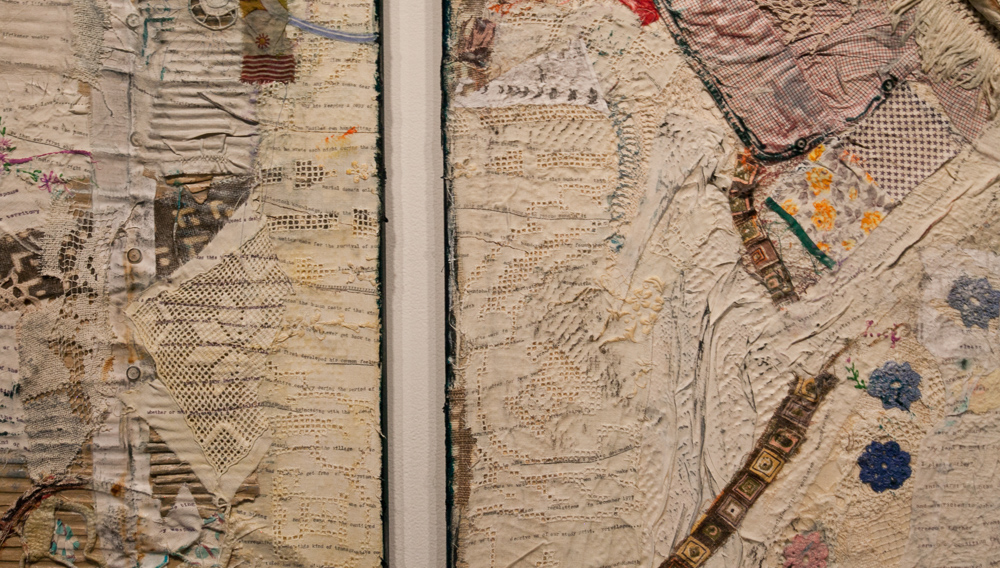
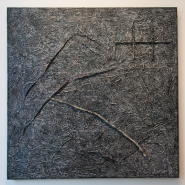
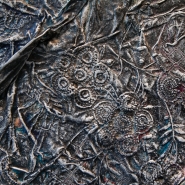
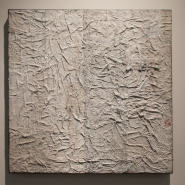

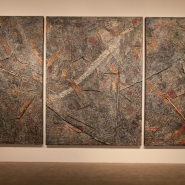

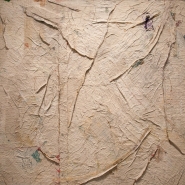
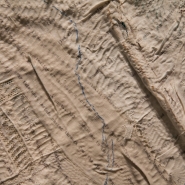
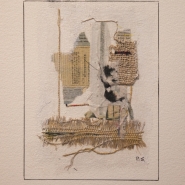

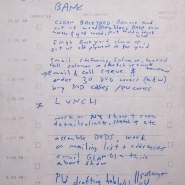
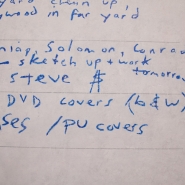
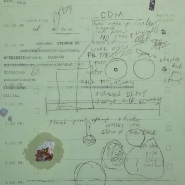
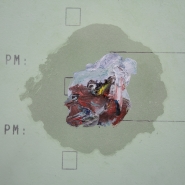
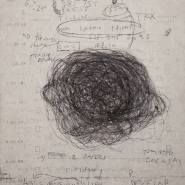


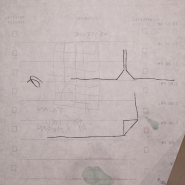

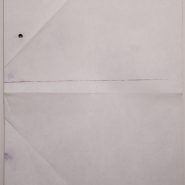
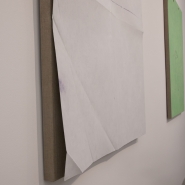
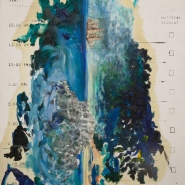


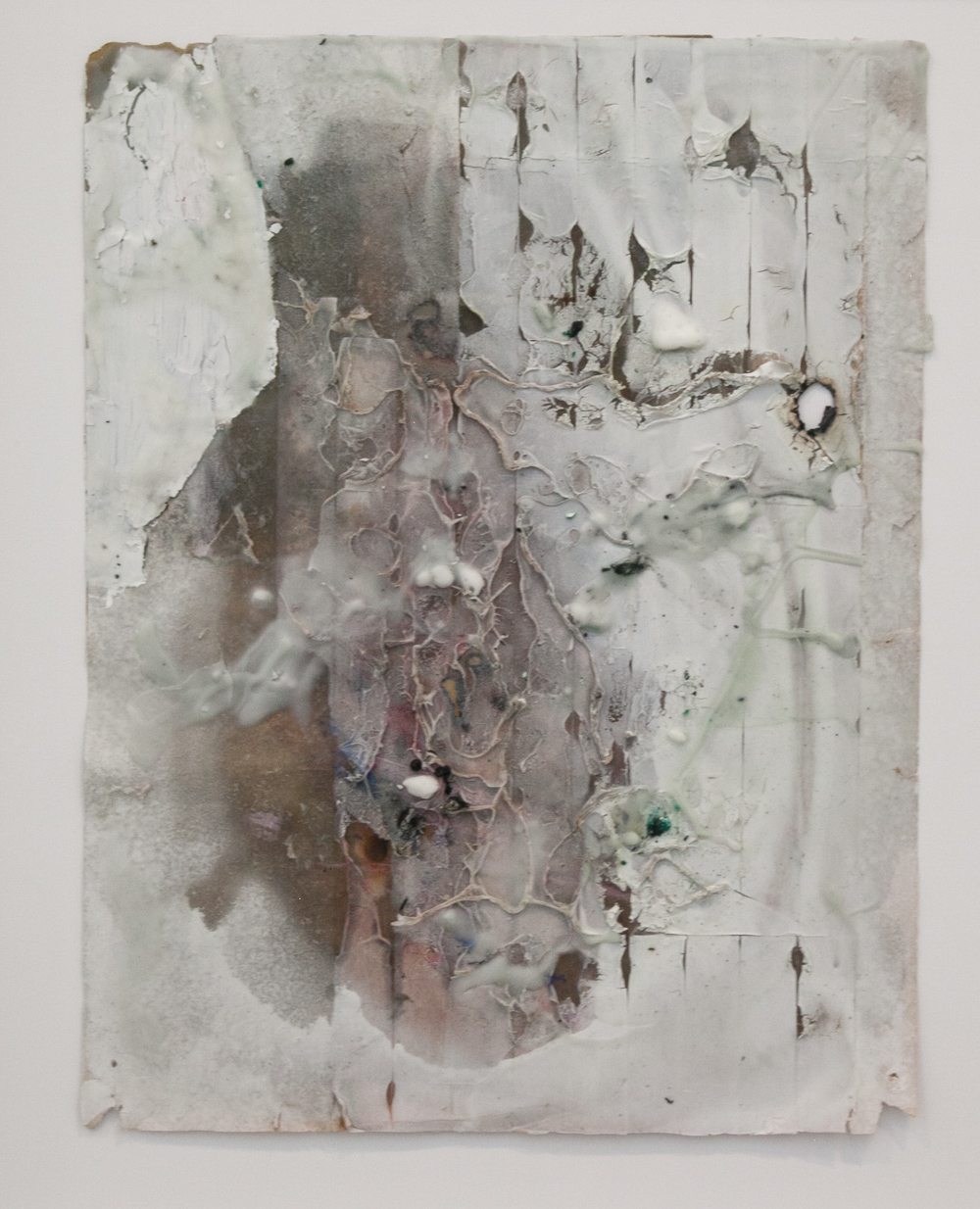
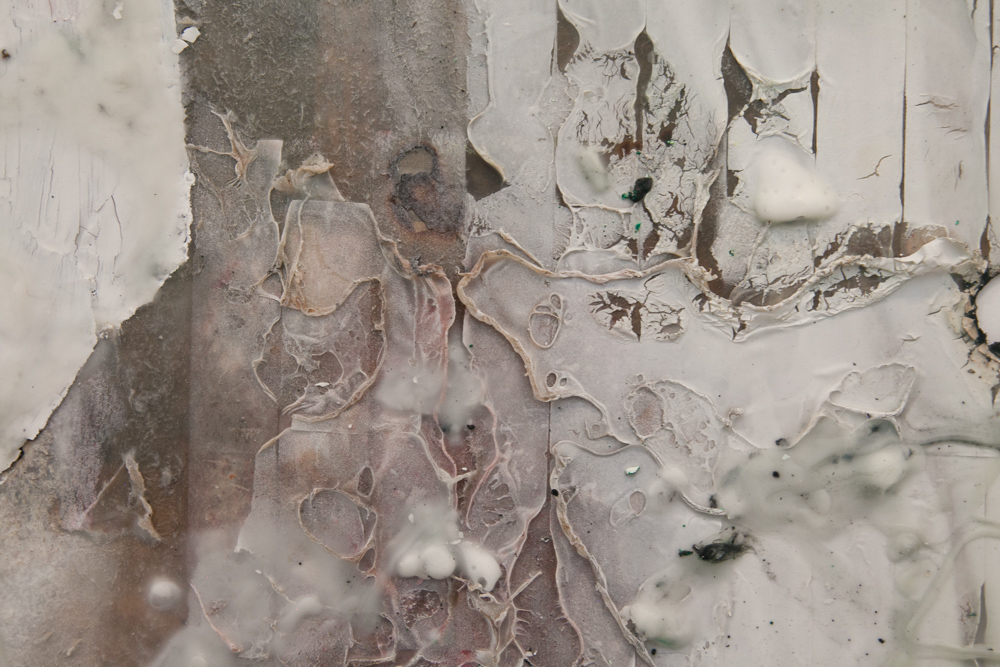
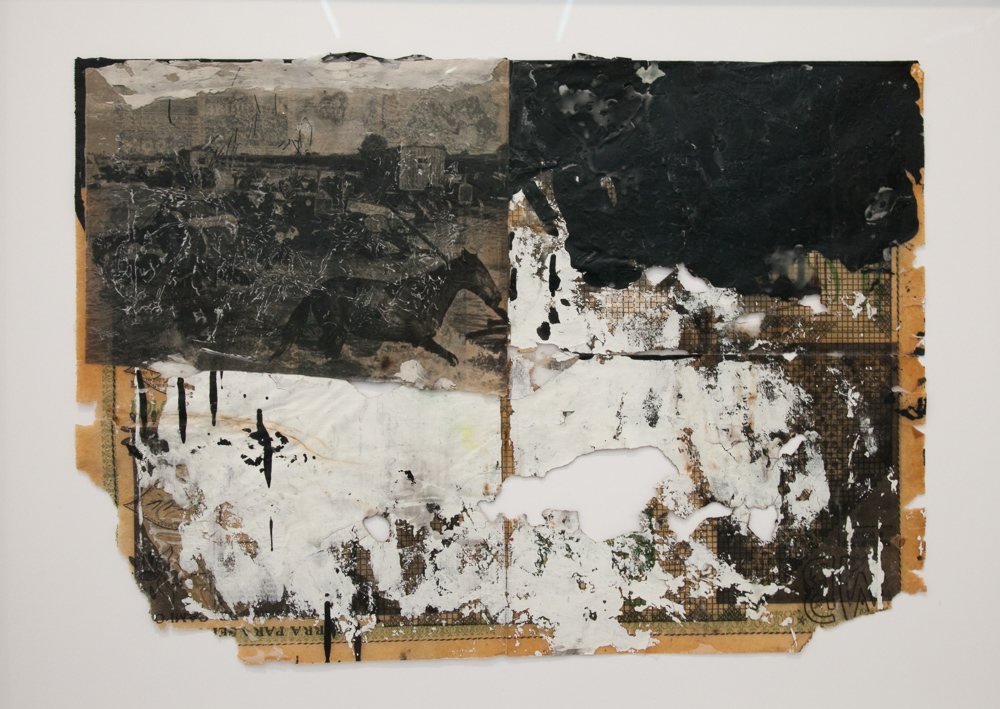
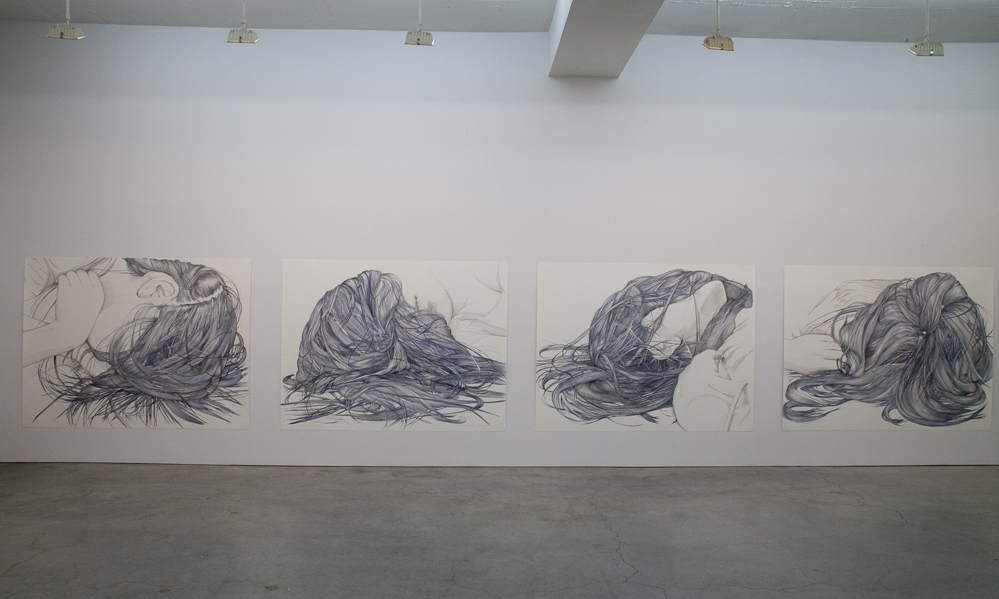
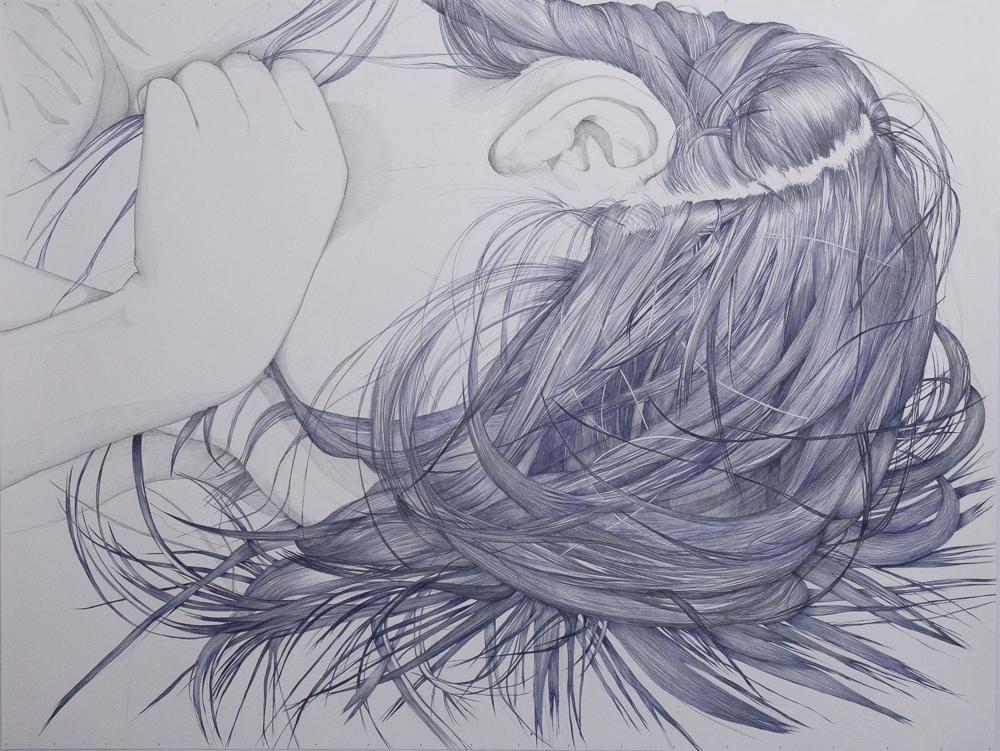
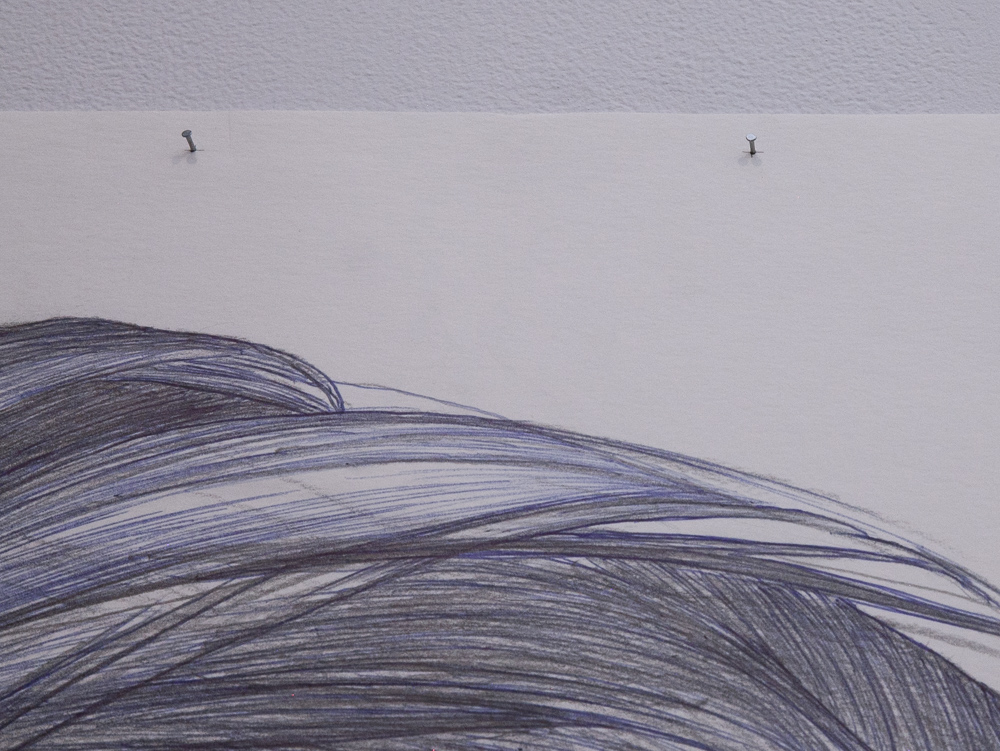
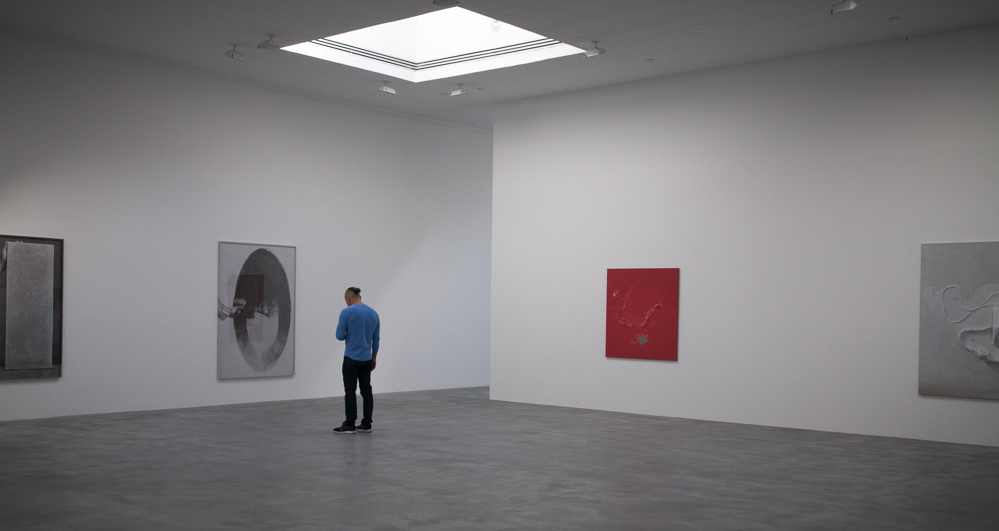
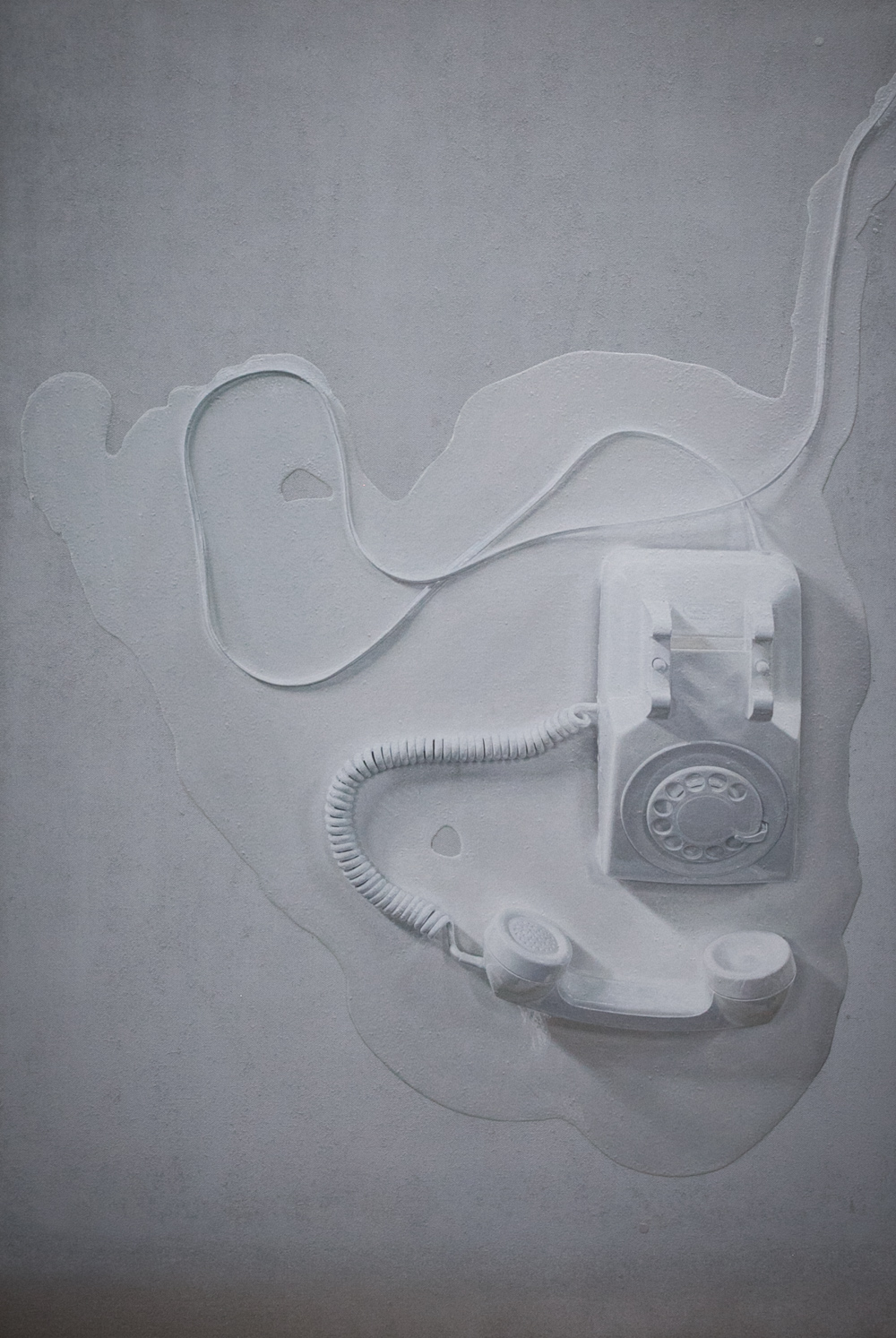 Paul Sietsema, White Painting, 69 x 46 inches, enamel on linen
Paul Sietsema, White Painting, 69 x 46 inches, enamel on linen Paul Sietsema, White Painting – detail
Paul Sietsema, White Painting – detail